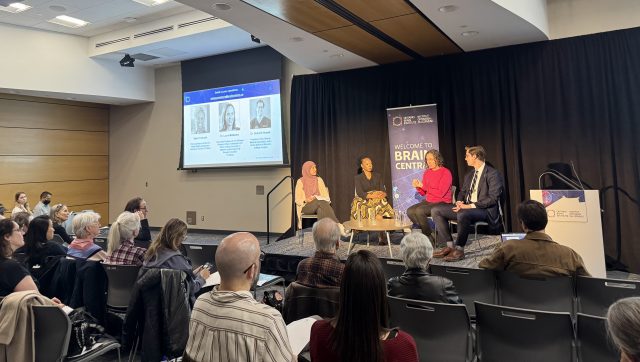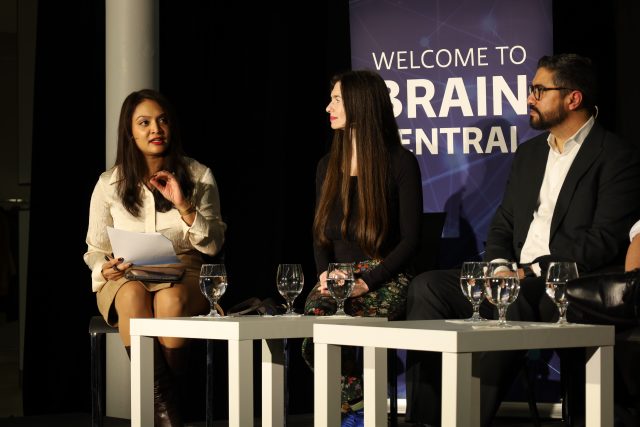
Our health system requires that we ensure our research is relevant to the needs of patients and their families/caregivers, while empowering and supporting patients as partners. Indeed research ought to be the standard-of-care with the goal of continuous improvement. Partnerships in this virtuous cycle of improvement will generate increased knowledge and tools for self-management of health and lead to better quality evidence that reaches the community faster.
The goal of biomedical research is ultimately to have some sort of beneficial impact to the population at large. Numerous studies, though, have demonstrated the long lag time between seminal discoveries and deployment and adoption as part of standard of care for many disorders. The ‘leak’ of knowledge, both in terms of time lag and failure to deploy perhaps has numerous possible explanations, ranging from failure to prioritize, lack of economic incentives or simply the lack of a systematic path for adoption, procurement and dissemination.
We are striving to improve this system by following the approach from the James Lind Alliance with our recent neurodevelopmental disorder priority setting partnership. This extensive solicitation and consensus process distilled more than 1200 questions from the patient community into 10 major priority items for researchers to tackle. This patient-led approach will act as a roadmap for future research and translate into tangible and meaningful impact across the full spectrum of care.
The optimal circumstance is where novel innovations based on hard data are developed, procured and implemented in the community. With a critical intent, these innovations must be further studied ‘in the community’ and their impact measured. Those that add value, either by clinical efficacy, cost saving, or both, ought to be retained and further promoted. Those that do not, should be further modified, improved and deployed again. Critical evaluation at all stages is necessary, particularly at the deployment phase and re-engineering of those not fully effective.
This virtuous cycle has been described as a learning healthcare system and key to the entire process, is the engagement with the customers, patients, their caregivers and those responsible for the context of care.


